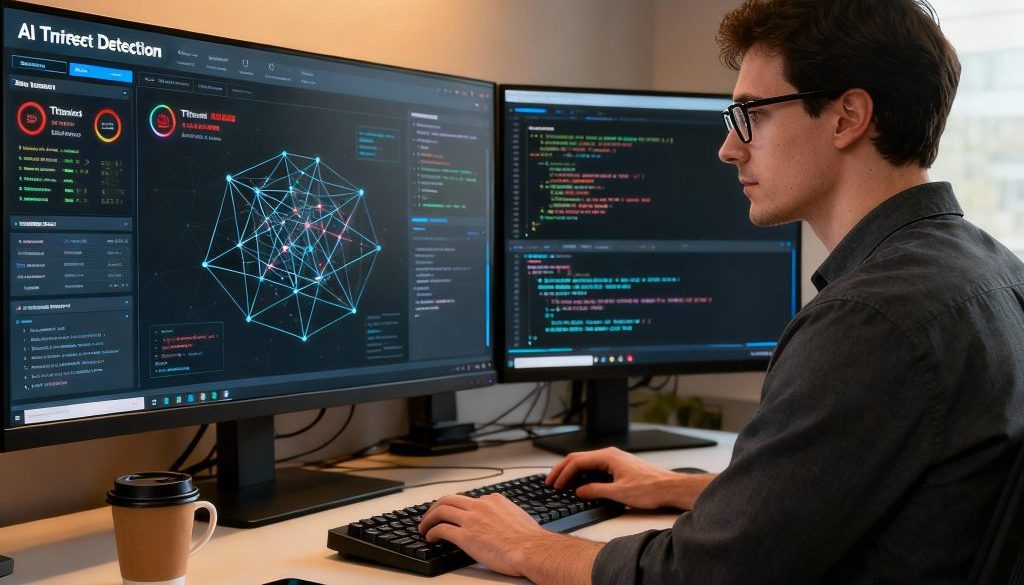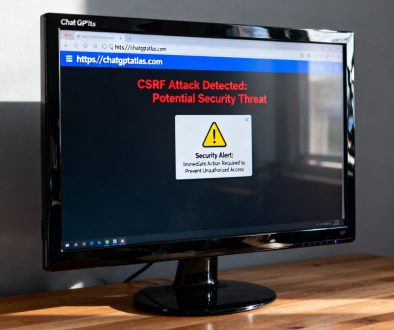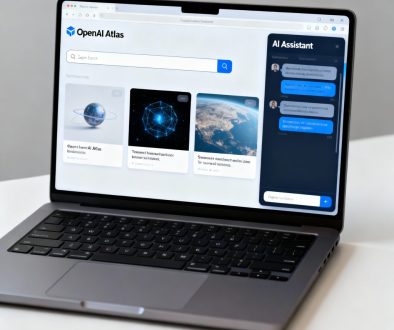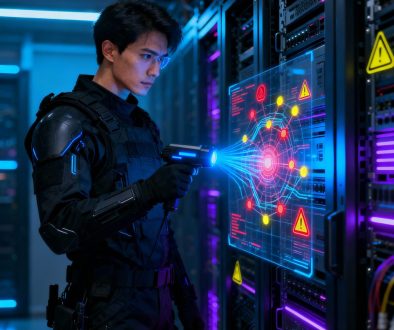AI Agents vs. Cyber Threats: How Autonomous Security Is Winning the War
In 2025, cyberattacks are faster and more sophisticated than ever. But now, a new generation of AI agents is fighting back—automatically predicting, blocking, and even fixing threats before human teams can react. Here’s how autonomous security is reshaping the digital battlefield and what it means for every business and user.
The Explosion of Autonomous Security
Gone are the days of waiting for alerts and manually remediating breaches. Today’s autonomous security solutions use machine learning and neural networks to monitor billions of signals in real time, distinguishing friend from foe in milliseconds. These AI agents:
Analyze network traffic to spot unknown malware instantly.
Adapt defenses on the fly when they detect suspicious activity.
Patch vulnerabilities and isolate infected systems—no human intervention needed.
The Real‑World Impact
In banking, autonomous security stopped a million-dollar attack in seconds by detecting an unusual login pattern, locking accounts, and updating firewalls instantly.
E-commerce giants now rely on AI to block bots, prevent fake transactions, and shut down phishing attempts at the source.
Healthcare organizations use these agents to scan for ransomware and shut down infected endpoints—saving sensitive data and even lives.
Key Benefits of Autonomous AI Security
Speed: Responds to threats in fractions of a second, closing the window for successful exploitation.
Consistency: Works 24/7 with zero fatigue, catching threats humans might miss.
Scalability: Monitors massive, distributed systems—across cloud, on-prem, and edge—without extra staffing.
Challenges and Best Practices
Despite their power, AI agents require:
High‑quality training data to avoid false positives or missed threats.
Human oversight for tuning, policy updates, and ethical guardrails.
Integration with legacy infrastructure and clear response protocols.
The Future: Humans and AI Fighting Together
Rather than replace infosec teams, autonomous security supercharges human analysts—handling the noise so people can focus on strategic decisions and threat hunting. In a world of escalating cyber risks, man and machine must collaborate for the safest outcomes.



